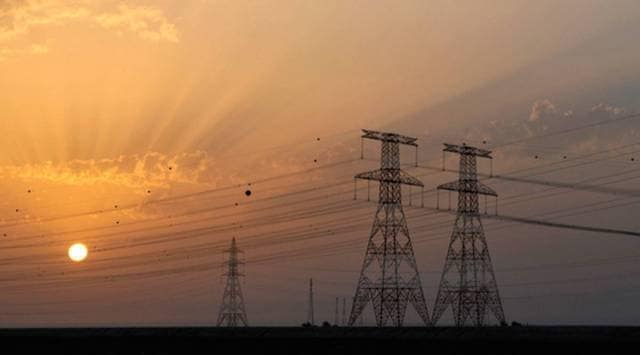After cool start to June, Punjab witnesses all-time high power demand of 16,249 MW amid heatwave
After an unusually cool start to June, with good rainfall last month keeping temperatures in check, the return of summer heat has caused a sharp rise in temperatures in Punjab.
 If the current weather conditions persist, experts warn that Punjab’s power demand could exceed 17,000 MW in the coming days. (File photo)
If the current weather conditions persist, experts warn that Punjab’s power demand could exceed 17,000 MW in the coming days. (File photo)The sweltering heat sweeping across Punjab, coupled with the peak paddy transplantation season, has pushed the state’s power demand to an all-time high. On Tuesday, Punjab’s electricity demand soared to a record-breaking 16,249 megawatts (MW), surpassing last year’s peak of 16,089 MW, recorded on June 29.
This demand spike has placed immense pressure on the Punjab State Power Corporation Limited (PSPCL). According to the State Load Despatch Centre website of the Punjab State Transmission Corporation Limited (PSTCL), the load graph currently does not display figures beyond 16,000 MW, and it needs to be updated, said V K Gupta, a retired PSPCL engineer.
A senior PSPCL official confirmed that the load had indeed touched 16,249 MW due to the ongoing heatwave and the high irrigation requirements of the paddy sowing season.
If the current weather conditions persist, experts warn that Punjab’s power demand could exceed 17,000 MW in the coming days. PSPCL has stated it is prepared to take additional steps, including importing power and optimising local generation, to meet the anticipated surge in demand.
The drawing limit from the northern grid is 10,400 MW, while the state’s maximum power availability is approximately 6,500 MW under ideal conditions.
All thermal power units in the state are operational now. In the public sector, the Ropar thermal power plant is generating 680 MW, the Lehra Mohabbat plant 830 MW, and Goindwal 505 MW. In the private sector, the Rajpura thermal power plant is generating 1,325 MW and the Talwandi Sabo plant 1,860 MW. All hydro units, including three units of the Ranjit Sagar dam, are operating in the afternoon.
Punjab witnessed an increase of approximately 3,000 MW in power demand on Tuesday compared to Sunday, marking a significant surge.
After an unusually cool start to June, with good rainfall last month keeping temperatures in check, the return of summer heat has caused a sharp rise in temperatures.
In Punjab, the temperature has touched 46.1 degrees Celsius in Samrala (Ludhiana), and in other parts of the state, it ranged from 40.8 to 44.6 degrees Celsius. This heatwave has led to a steep rise in power demand over the last two days.
According to records from PSPCL, the first five days of June saw relatively moderate demand of around 10,500 MW. On Friday, demand rose to just under 12,000 MW; on Saturday and Sunday, it increased to 13,550 MW; and on Monday, it peaked at around 15,600 MW.
Paddy transplantation in Punjab began in a staggered manner between June 1 and June 9, in three phases. Paddy cultivation in the state covers over 30 lakh hectares.
The water level in the Bhakra dam is at 1,556.75 ft, which is 17 ft lower than last year’s level of 1,573.76 ft. In the Ranjit Sagar dam, the water level stands at 507.17 m, compared to 507.90 m on the corresponding day last year.







